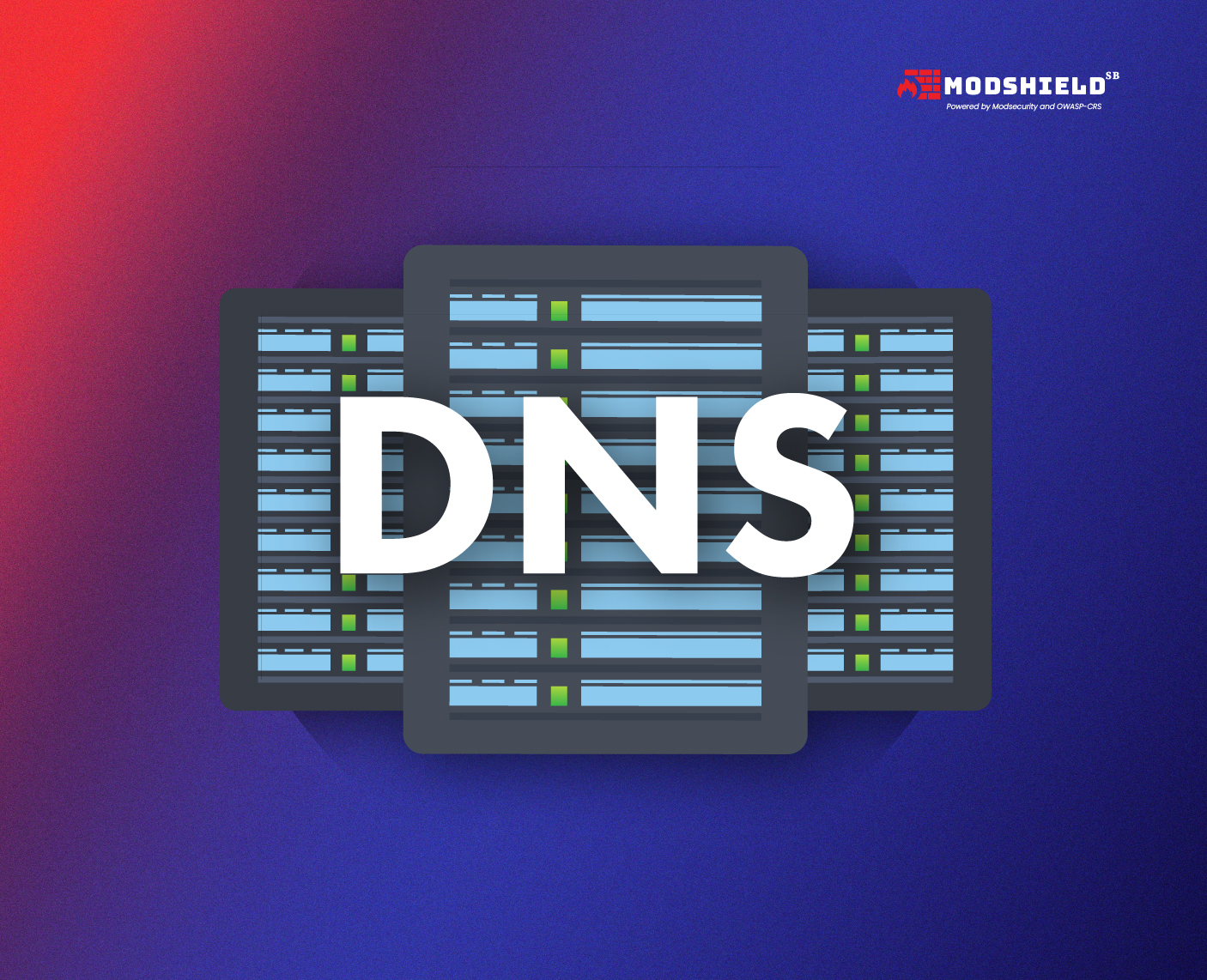DNS Tunneling – Definition, Detection, & Prevention
DNS Tunneling – Definition, Detection, & Prevention

As cybercriminals continued to innovate, DNS tunneling was one method that came into the spotlight. This technique uses the basic protocol of the internet, known as the Domain Name System, bypassing traditional security mechanisms. DNS tunneling makes it possible for malicious actors to secretly send and exfiltrate sensitive data over networks. How DNS tunneling works and how detection and prevention are performed will, therefore, form the backbone of the protection of a modern business enterprise from these threats.
What is DNS Tunneling?
DNS tunneling is a technique attackers use to tunnel malware or data in some form over DNS protocols, which are generally trusted and allowed through firewalls and other security controls. In DNS tunneling, DNS, which usually resolves the domain name into an IP address, is manipulated to carry malicious payloads. This idea is basically to help an attacker bypass security barriers and create a covert communication channel between a compromised device and a C2 server.
In DNS tunneling, an attacker can send and receive data through DNS queries and responses, evading detection by everyday network security tools, which peer at standard channels like HTTP and HTTPS.
What are DNS queries and DNS traffic?
DNS tunneling requires knowledge of how DNS queries and DNS traffic work. DNS stands at the core of name resolution on the internet. When a user keys in a web address, a DNS query is sent from the client to the DNS server to resolve that domain name into an IP address, facilitating communication with the intended server.
DNS queries refer to requests that clients make to a server to resolve a domain name to an IP address. DNS traffic is the result of these requests and their corresponding responses between the clients, DNS servers, and other DNS resolvers. Under normal circumstances, DNS traffic is low and simple in nature, just queries translating domain names into IP addresses.
DNS tunneling is the ability of malicious actors to embed data inside these queries and responses, enabling data to traverse across what is usually trusted and overlooked.
How does it work?
DNS tunneling works by encoding data in DNS queries and responses. A simplified breakdown of how an attack might be carried out is explained below:
- Establish the tunnel: The attacker creates a domain under his control, often associated with a malicious DNS server, which allows him to connect infected devices.
- Encode data: The malware on the compromised device encodes data into the payload of DNS queries.
- Communication: These questions are routed to the attacker’s domain. Since DNS traffic is generally not filtered by firewalls, it passes unmonitored through security.
- Decode and Answer: Here, the attacker’s DNS server decrypts the data from these DNS queries, processes it, and sends back a response that could include further commands or acknowledgement that the data has reached them. The responses will be hidden in DNS traffic, camouflaging the communications to make them appear legitimate.
How do you detect DNS Tunneling attacks?
The challenges in detecting DNS tunneling are related to the fact that most networks have DNS traffic running across them for legitimate purposes. However, there are a few signs that would show if a DNS tunnel attack is underway, such as:
- Anomalous Volume of DNS Traffic: Large volumes of DNS traffic originating from one device or query sizes that are more significant than usual are cause for concern. DNS tunneling requires more information to carry the data than what standard DNS lookups need.
- Anomalous Query Patterns: DNS tunneling queries usually have anomalous or unintelligible domain names because of encoded data. Monitoring such patterns could lead to malicious activity.
- High DNS Requests to Suspicious Domains: Compromised devices continuously query domains without legitimate business use. These usually have dynamically generated names.
- Latency in DNS Responses: Increased latency in DNS resolution may indicate that these DNS queries are transporting more data in the background.
- Use of Specific Ports: Although DNS usually runs over port 53, any deviation from this usual use may indicate attempts at disguising the tunneling activity.
Measures to prevent your network from DNS Tunneling
An effective way to avoid DNS tunneling attacks is to implement some form of security in layers. The sections discuss some basic critical measures for the protection of networks from such forms of attacks:
Conclusion
DNS tunneling is a significant cybersecurity threat because it leverages one of the most trusted protocols on the internet to conduct its nefarious activities undetected. Understanding how DNS tunneling works, deploying effective detection techniques, and using preventives will go a long way in reducing the chances of falling into the hands of this technique. Be vigilant and invest in DNS security solutions so that attackers will have a hard time using your DNS infrastructure for malicious use.
